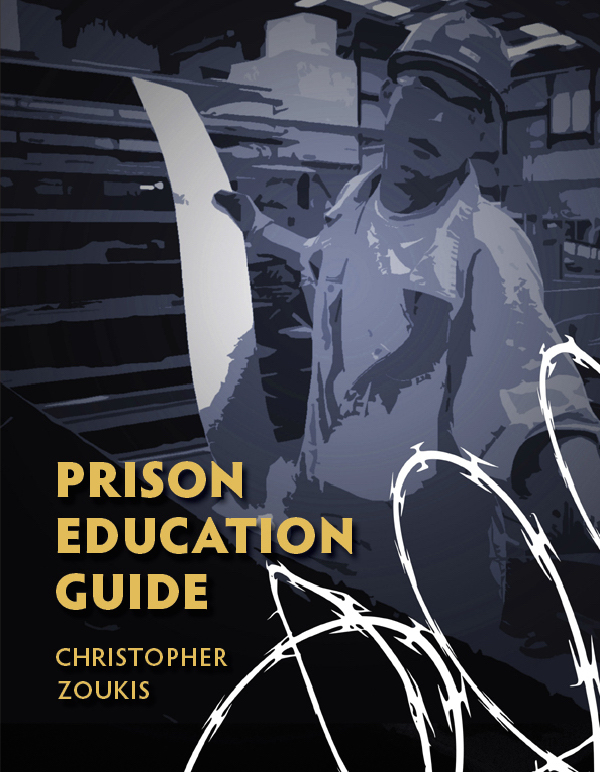Governor of Oregon Leaves Legacy of Reformation While Leaving Office
by Kevin W. Bliss
Criminal justice reform proactivist Governor Kate Brown (D) has granted over 1,100 clemencies during her two terms in office, more than the 50 previous governors before her combined. In response to the COVID-19 pandemic and input from the Criminal Justice Reform Clinic (“CJRC”) founded in 2015 by attorney Aliza Kaplan, Brown has used the petition as a tool to reduce Oregon’s total prison population for the first time since the state passed Measure 11 in 1994 imposing mandatory minimum sentencing for violent crimes.
Clemency is a request from prisoners for mercy from a state governor or the President of the United States. It takes the form of a pardon (expunging a crime), commutation (reducing a sentence), reprieve (placing a temporary hold on a sentence), elimination of fines or fees, or restoration of a prisoner’s lost civil rights. It has historically been used by governors to grant relief for prisoners who have shown exceptional rehabilitation and to combat abuses against prisoners through wrongful convictions, witness recantations, defective evidence, and police or prosecutorial misconduct.
The 1980s saw a move in the U.S. toward harsher penalties and lengthier sentences. In 1994, Oregon passed Measure 11 codifying mandatory sentences for 16 violent crimes, requiring juveniles over the age of 15 charged with those crimes to be tried as adults, and making those convicted of such crimes no longer eligible for earned gain time credit. Since then, Oregon’s prison population has tripled, and the state has had to build three new prisons.
Brown’s belief is that compassionate mercy and public safety are not mutually exclusive. She has said that people should not be defined by their worst acts and that anyone is capable of redemption. She has been an opponent of Measure 11 since its inception, stating that it eliminated a judge’s ability to consider individual circumstances and deprived them of their sentencing discretion.
“We are a nation of second chances,” Brown said in an interview in June of 2022. “If you are confident that you can keep people safe, you’ve given victims the opportunity to have their voices heard and made sure their concerns are addressed, and individuals have gone through an extensive amount of rehabilitation and shown accountability, what is the point of continuing to incarcerate someone, other than retribution?”
Last October, Brown granted clemency to 73 prisoners convicted of violent crimes as juveniles, allowing them to seek parole; reduced by one year the sentences of every prisoner fighting fires during the state’s worst wildfire season in history; pardoned 63 prisoners of their crimes; commuted the sentences of 144 prisoners convicted of serious violent crimes who had shown “extraordinary evidence of rehabilitation;” and released 963 prisoners during the COVID-19 pandemic to reduce the prison population.
Source: The Guardian
As a digital subscriber to Criminal Legal News, you can access full text and downloads for this and other premium content.
Already a subscriber? Login





